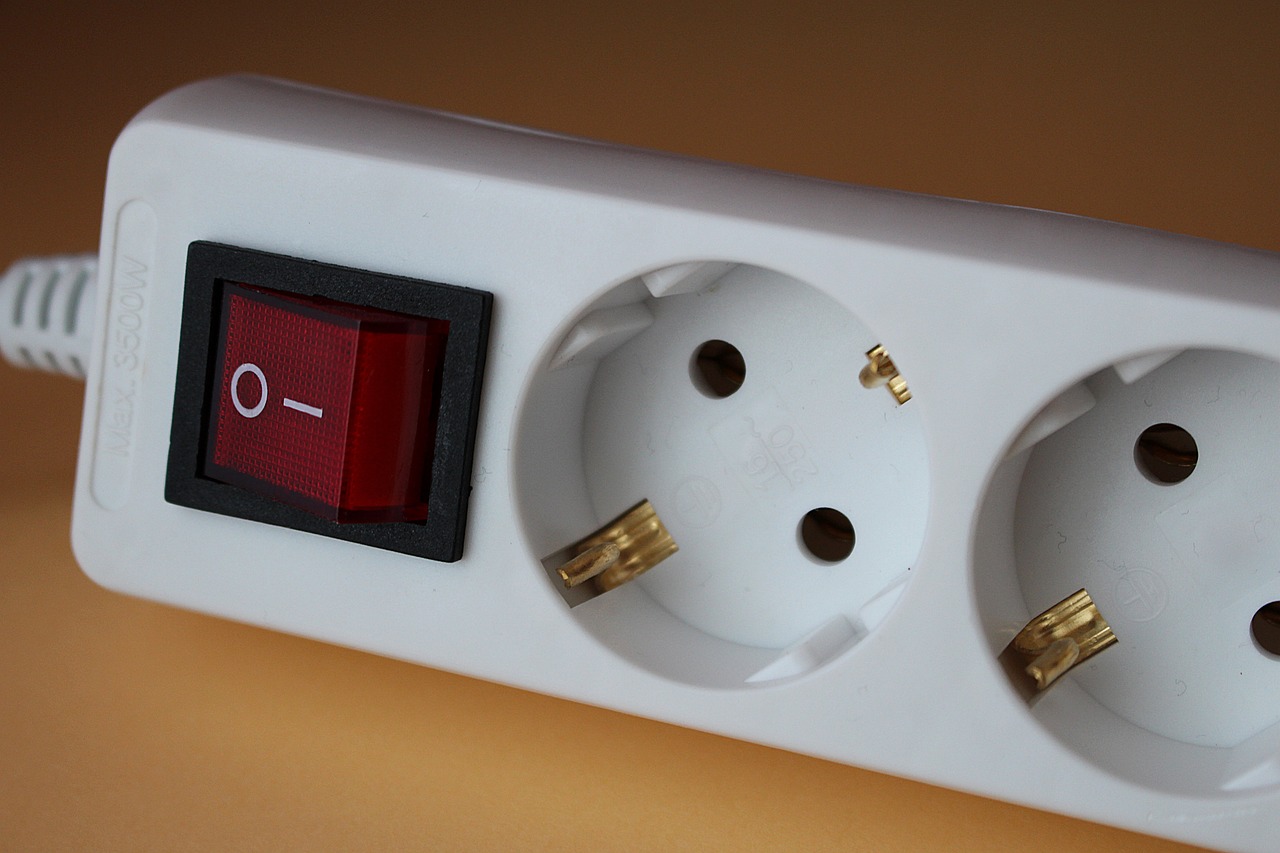You never have enough sockets at home, which is why multiple sockets are so popular. They multiply the connection options without requiring an electrician to install additional sockets.
However, you should beware of bad habits: certain everyday appliances have no place in multiple socket!
While some dangers are common knowledge and regularly reminded of, others are less obvious.
However, electricians also experience unpleasant surprises when they check an electrical installation or carry out work on the fuse box.
The first basic rule is to check that the total power of the connected devices does not exceed the capacity of the multiple socket outlet.
This maximum capacity should be indicated on the packaging of the multiple-socket outlet.
A defective, worn or dusty multiple socket outlet should be thrown away, as the risk of a short circuit or electric shock is very high. Also, avoid placing it close to curtains or confined spaces.
If this is known, the risk of connecting incompatible devices remains. These devices are more numerous than you might think!
Here is a list of the top 15 and the explanations:
Vacuum cleaners: Their high power demand can blow the fuse.
Microwaves: Too energy-intensive, they can overload the power grid.
Coffee machines: They seem harmless, but they are also big energy guzzlers. Always unplug them after use.
Hair dryers, curling irons, and straighteners are heat sources that can overheat multiple sockets. The same applies to kettles, which consume a lot of electricity when heated quickly.
Electric stoves: Their power requires a dedicated socket.
Treadmills: Their motors have high and constant power consumption.
Mobile air conditioners: These now widely used appliances require a strong and reliable power supply.
Electric heaters and convectors are very energy-intensive and generate a lot of heat.
Dishwashers: Their water and electricity consumption require a direct connection.
Irons: Like all heating appliances, they are big energy consumers over short periods of time.
Refrigerators are energy guzzlers that require their own permanent power sockets.
Water heaters: They also require a lot of electricity over long periods of time to heat water.
Freezers are another energy-intensive appliance that requires a stable and permanent connection.
Washing machines and dryers: Their powerful motors and long cycles justify a direct connection.
All these appliances have one thing in common: high power consumption, especially when running simultaneously.
Caution is advised: Check the power of each device and make sure the total stays within the limits allowed by the multiple outlets.
- source: dagens.de/picture: Image by Csaba Nagy from Pixabay
This post has already been read 5005 times!



